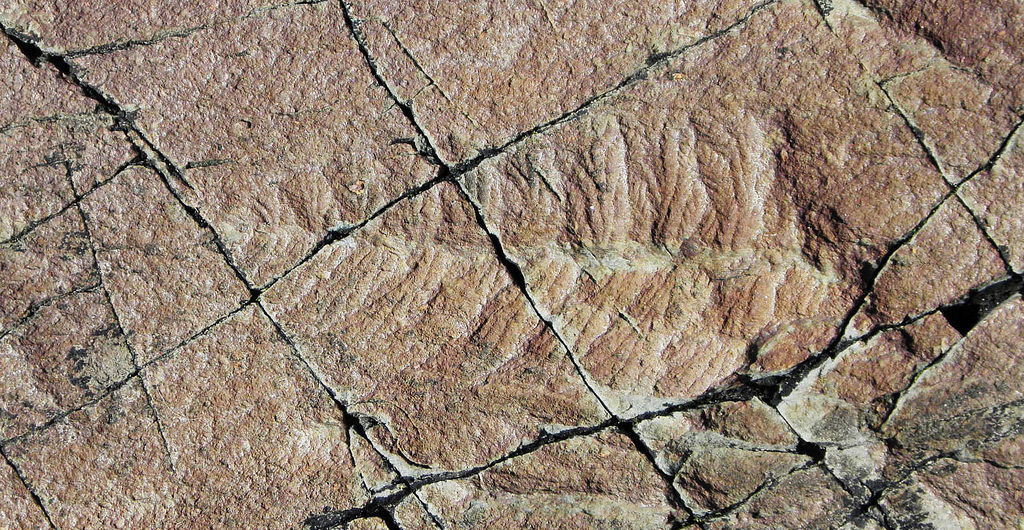- The World Heritage Committee yesterday added nine new natural sites to the World Heritage List during its 40th session in Turkey.
- The list includes diverse landscapes such as Khangchendzonga National Park in India, Canada’s Mistaken Point, and Iran’s Lut Desert.
- The list also has little-known places such as the Ahwar of Southern Iraq, which includes Iraqi marshlands once drained by Saddam Hussain as well as ancient cities of Uruk, Ur and the Tell Eridu.
The World Heritage Committee yesterday added nine new natural sites to the World Heritage List during its 40th session in Turkey. The list includes diverse landscapes such as Khangchendzonga National Park in India, a cultural and natural site home to endangered species such as the snow leopard and musk deer; Canada’s Mistaken Point, known for its unique, diverse and well-preserved fossils; and Iran’s Lut Desert, noted for its remarkable variety of desert landforms.
“Among this year’s World Heritage inscriptions are some of the most impressive landscapes and most important natural areas for the conservation of iconic species on Earth,” Peter Shadie, Head of IUCN’s delegation at the World Heritage Committee, said in a statement. “Recognizing these exceptional places through the World Heritage Convention goes hand in hand with a commitment to secure the utmost quality of conservation management.”

These are the nine new sites added to the list:
Khangchendzonga National Park (India)
The park includes the world’s third highest peak. Located in North Sikkim in India, the Khangchendzonga National Park has a mix of sub-tropical broad-leaved forests, sub-alpine forests, moist alpine scrub forests, glaciers, rivers, streams and lakes. It has a huge diversity of animals and plants including the snow leopard, the musk deer, red panda, Himalayan monal and the Himalayan snow cock.
Hubei Shennongjia (China)
Home to the largest primary forests remaining in Central China, Hubei Shennongjia houses species such as the Golden or Snub-nosed Monkey, Chinese Giant Salamander, and the Clouded Leopard. The site has had a rich history of international plant collecting expeditions.
Mistaken Point (Canada)
Mistaken Point, located in Newfoundland is home to a rich diversity of fossils from 560-575 million years ago preserved in layers of volcanic ash. The site’s fossil records include some of the oldest deep-water marine fossils, providing a glimpse into species that once lived at the bottom of the sea.

Archipiélgo de Revillagigedo (Mexico)
Sometimes referred to as Mexico’s little Galápagos, the Revillagigedo Islands are a group of four remote, volcanic islands in eastern Pacific Ocean. The unique ecosystem of the islands is home to numerous rare and endemic species such as the Socorro parakeet, Townsend’s shearwater and the now-extinct Socorro dove.
Sanganeb Marine National Park and Dungonab Bay – Mukkawar Island Marine National Park (Sudan)
The site hosts a complex network of coral reefs, seagrass beds, mangroves and beaches that supports populations of a diverse fish communities, sea birds, marine mammals, and sharks and rays. Mukkawar Island is an important mass turtle nesting site and the Dungonab Bay is home to a sizeable population of dugongs.

Western Tien-Shan (Kazakhstan, Kyrgyzstan, Uzbekistan)
This is a transnational mountainous site, spread across three countries — the Karatau and Aksu-Zhabagly nature reserves and Sayram-Ugam national nature park in Kazakhstan, the Sary-Chelek, Besh-Aral and Padysha-Ata nature reserves in Kyrgyzstan and Chatkal nature reserve in Uzbekistan. The Western Tien-Shan site has rich biodiversity, and complex and diverse landscapes.
Lut Desert (Islamic Republic of Iran)
One of the hottest places on earth, the Lut Desert (also called Dasht-e-Lut) is a large salt desert located in Iran. The site is known for its unique and diverse collection of desert land forms.

Ennedi Massif: Natural and Cultural Landscape (Chad)
Located in Chad, Ennedi Massif is a natural and cultural heritage site known for its striking sandstone formations formed by years of wind and water erosion. The landscape is also an archeological site, with some of the largest collections of rock art. The permanent presence of water in a canyon here has allowed animal and plant life to flourish.
The Ahwar of Southern Iraq: Refuge of Biodiversity and the Relict Landscape of the Mesopotamian Cities (The Republic of Iraq)
The site includes four wetland marshes that form one of the world’s largest inland delta systems. A large part of the extensive marshlands were once drained by Saddam Hussain. The Ahwar of Southern Iraq is home to numerous bird and fish species and also includes three archeological Mesopotamian cities of Uruk, Ur, and the Tell Eridu.
Correction, 7:50 pm Eastern: A previous picture of Mistaken Point depicted a fossil that is not found at the site. The image has been changed to reflect a fossil that is representative of Mistaken Point assemblage.